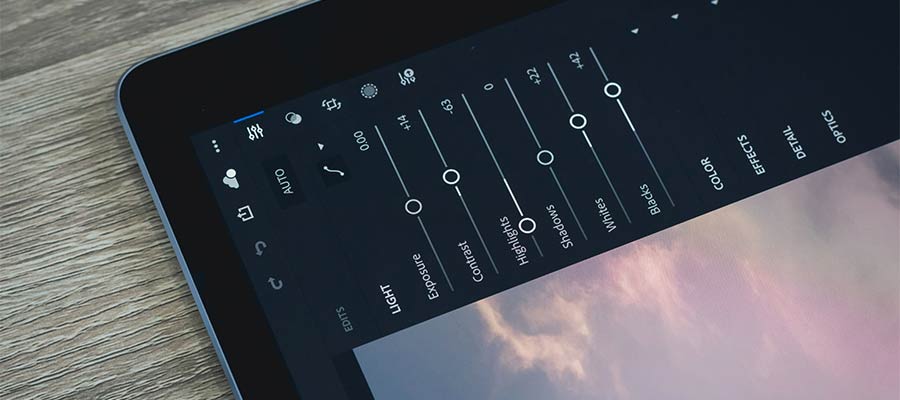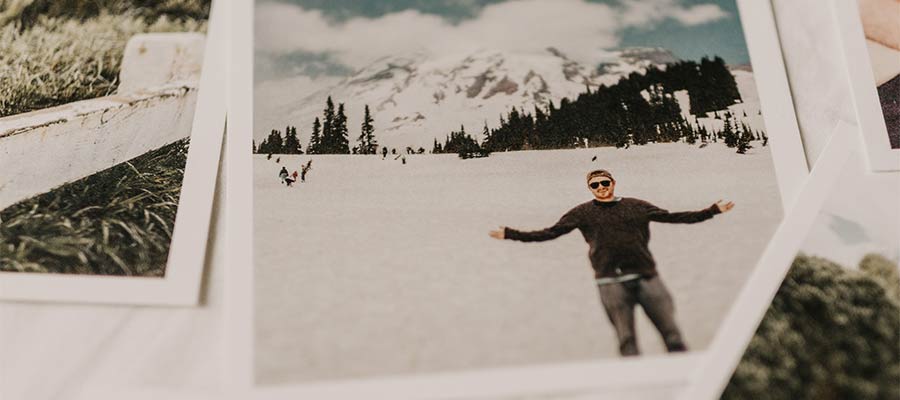A Quick Guide to Great Website Photography
A great photo can transform a webpage. But not just any old photo will do. Finding the right image requires careful consideration.
Designers don’t always get to make that decision, though. Clients often provide images for their websites. And they may insist on using a particular image, even if it’s of poor quality.
But there’s still a chance to get the best results. It’s all about understanding the role photography plays in web design. Educating clients (and ourselves) can make a difference.
With that in mind, here are some tips for choosing the best photos for your website.
The Image Subject Should Be Relevant to Your Website
First and foremost, a photo should reflect the subject of your content. It’s not an exact science, however. Thus, there’s room for interpretation.
The easiest solution is to hire a professional photographer. They can provide a perfect match for your needs.
But that’s also beyond the budget of many organizations. That leads to the inevitable use of stock photos.
Stock photography may not always hit the nail on the head. But you can still use it to convey a message. That may mean using a more generic image.
For instance, let’s say that you’ve written about the benefits of hiring a piano tuner. Perhaps you don’t have any images of someone tuning a piano. But the odds are that you can find photos of a piano. Better yet, an image that focuses on its internal parts.
The goal is to find images that keep the user focused on your subject. Perfection isn’t required. But don’t stray too far from the content’s messaging.

Think About Color and Post-Processing Effects
Tools ranging from Adobe Photoshop to CSS allow us to tweak an image’s color composition. We can change the hue and saturation. Or even convert the image to black-and-white.
But it’s important to consider which colors make the most sense for your project. The branding of your website is a big factor. As is the mood you’re hoping to create.
For instance, a full-color photo on a dark background can make a bold statement. But black and white might be perfect if subtlety is your goal.
Post-processing effects should also be considered. Not every image will be a good candidate for the specific look you want to create.
Let’s say you’re applying a color overlay to a series of header images. You’ll want to be sure that the photos look consistent when the effect is applied. If an image looks out of place, it may not be the best fit for this use.

Image Size and Orientation Matters
The images you choose will likely be cropped before they are added to your website. Even with broadband connections and 4k monitors, gigantic images (with equally large download sizes) aren’t user-friendly.
Therefore, it’s important to consider how you plan to use a specific image. What impact will cropping have on it? This is where an image’s size and orientation come into play.
Consider a background image placed within a hero area. This is typically a wide, landscape-oriented photograph. Attempting to stretch a portrait-oriented photo into this spot is not advisable. It will likely lead to undesirable results.
Pixel size is also important. It’s best to choose images that are larger than you need. This allows you to crop the image to suit. Enlarging a small image generally leads to poor display quality. With that in mind, look for an image that will fit your desired use.
And don’t forget mobile devices! You may need to adjust an image for small screens. That could include displaying it in a different orientation.

About Your Client’s ‘Terrible’ Photo
We alluded to situations where a client insists on using a photo (a.k.a. the “wrong” one). It’s easy to dismiss it as a bad idea. But we should be cognizant of both their feelings and thought processes.
Discussing the matter with them will help you gain insight. Start by politely stating any concerns you have. Maybe the sizing won’t work. Or the quality just isn’t up-to-snuff. Regardless, it’s best to get your thoughts out in the open.
Also, try to find out why they chose the image. It may be the best photo they have available. On the other hand, it may hold some sentimental value.
From there, you can offer them some options. Things like adding effects or making it part of a collage could help.
Clients are usually flexible when it comes to images. Plus, they need to know that you’re working in their best interest. That way, they’ll be more likely to meet you in the middle.
Therefore, don’t interpret their initial request as a final answer. There’s likely some room for compromise.

Better Photos = Better Website
A nearly infinite number of images are available at our fingertips. It’s easy to just grab one and put it to use. But is it the right one for the job?
It takes effort to find the best photos. Consider your site’s subject matter, color scheme, and sizing requirements. That will help narrow your search. From there, it’s all about experimenting with different options and determining the best fit.
It’s also important to communicate with clients about their ideas. Work with them to make the most of the opportunity.
Photography can truly make your website stand out. Therefore, take your time and choose wisely!